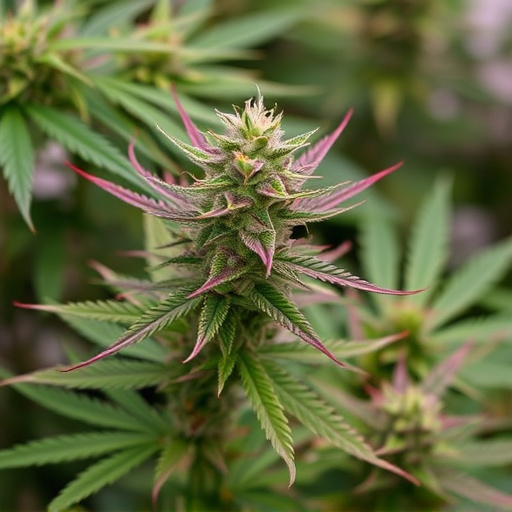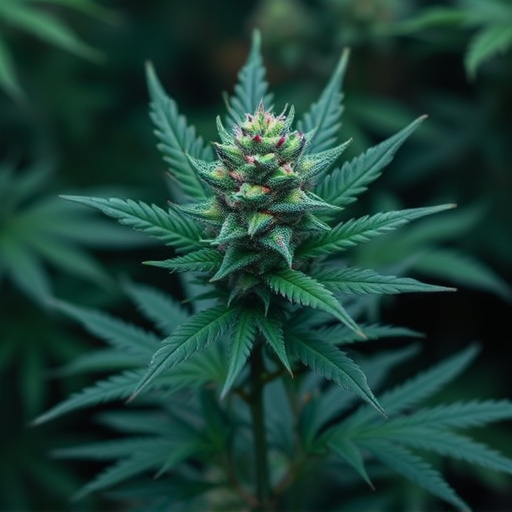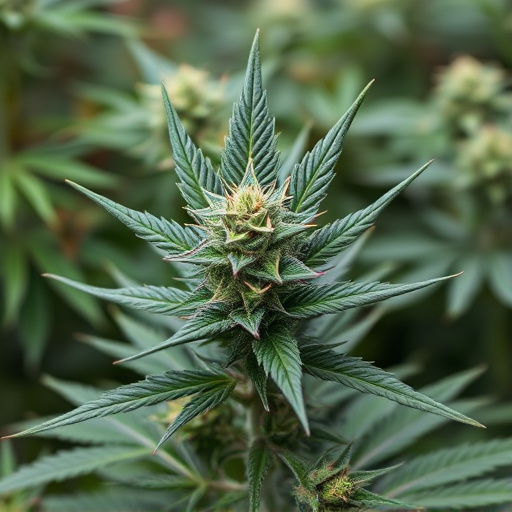Landrace strains of cannabis, indigenous to specific regions, offer a diverse array of therapeutic benefits due to unique cannabinoid and terpene profiles. These natural variants, meticulously preserved over centuries, cater to various conditions through what's known as the entourage effect. Preserving landraces is crucial for maintaining biodiversity, exploring genetic potential, and ensuring resilience against climate change and pests in cannabis cultivation, particularly for medical strains.
Landrace strains, with their deep historical roots, are making a comeback in the world of medical cannabis. These ancient varieties, native to specific regions, possess unique therapeutic profiles and genetic diversity that modern hybrid breeds lack. This article explores the significance of preserving landraces, delving into their origins, distinct characteristics, and remarkable medicinal properties, all while emphasizing why biodiversity within cannabis cultivation is crucial for future research and patient needs.
- Understanding Landrace Strains: Origins and Ununique Characteristics
- The Therapeutic Benefits of Landrace Medical Strains of Cannabis
- Preserving Biodiversity: Why Landraces Matter in Cannabis Cultivation
Understanding Landrace Strains: Origins and Ununique Characteristics
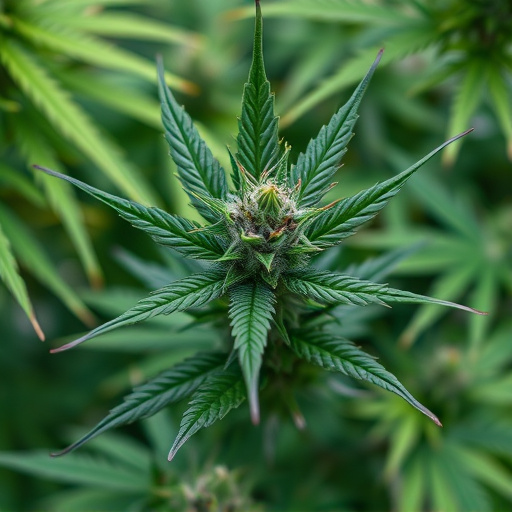
Landrace strains of cannabis are ancient, indigenous varieties that have been grown and selected for over millennia in specific geographic regions. These strains possess unique genetic characteristics adapted to their local climates, environments, and potential medicinal benefits. Unlike modern hybrid strains, which are carefully cultivated combinations of multiple parents, landraces have evolved naturally, allowing them to develop distinct features like high CBD content, potent terpenes, or specific adaptations for resistance against pests and diseases.
Each landrace strain offers something unique in terms of medical applications. For example, the famous Himalayan landrace may contain higher levels of myrcene, known for its sedative properties, while South American strains could be rich in cannabinol (CBD), which has anti-inflammatory effects. This diversity within landraces makes them valuable resources for researchers studying the potential therapeutic benefits of cannabis.
The Therapeutic Benefits of Landrace Medical Strains of Cannabis

Landrace strains of cannabis, originating from specific geographic regions, offer a wealth of therapeutic benefits due to their unique chemical profiles. These natural variants have been meticulously selected and preserved over centuries, allowing researchers and medical professionals to uncover their potent medicinal properties. Each landrace strain possesses distinct cannabinoid and terpene combinations that target various physiological and psychological conditions.
The therapeutic potential of medical strains of cannabis is vast. For example, some landraces are renowned for their high CBD content, making them effective in managing seizures, anxiety, and chronic pain without the psychotropic effects associated with THC. Others, rich in THC, have been found to alleviate severe nausea and stimulate appetite, benefiting patients undergoing chemotherapy or suffering from HIV/AIDS. Terpenes, aromatic compounds in cannabis, also contribute to these therapeutic outcomes by enhancing or modulating the effects of cannabinoids, creating a synergistic interaction known as the entourage effect.
Preserving Biodiversity: Why Landraces Matter in Cannabis Cultivation
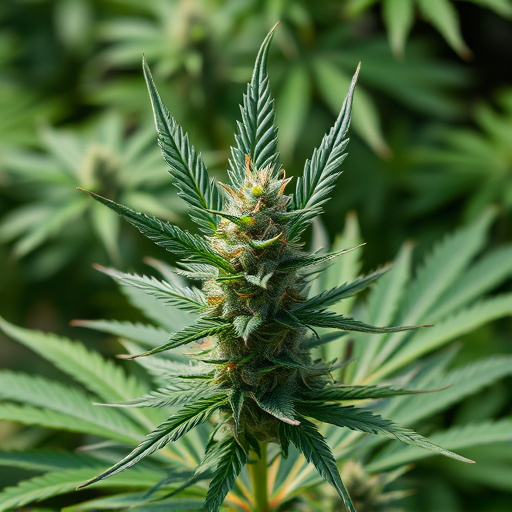
In the realm of cannabis cultivation, preserving biodiversity is a paramount concern, especially when it comes to landrace strains. Landraces, or indigenous varieties, represent the natural evolution of plants over centuries, adapting to specific environmental conditions and cultivating unique traits. These ancient strains are not just historical curiosities; they hold immense genetic diversity that modern breeding programs strive to capture. By preserving landraces, cultivators safeguard a wide array of chemical compositions, including various cannabinoids and terpenes, many of which have been studied for their potential therapeutic benefits in medical strains of cannabis.
This diversity is crucial because it allows for the exploration of novel compounds and their effects on human health. Landrace strains often exhibit distinct medicinal properties, offering options for specific treatments. Their preservation ensures that future researchers and cultivators can access these genetic treasures, fostering continuous innovation in the field of cannabis-based medicine. Moreover, landraces serve as a genetic reserve, providing resilience against changing climates and potential pests, ensuring the long-term sustainability of cannabis cultivation.
Landrace strains of cannabis play a vital role in the world of medical marijuana, offering unique therapeutic benefits and preserving biodiversity. By understanding their origins and characteristics, we can appreciate the importance of these ancient plants. The preservation of landraces ensures a rich genetic diversity, allowing for continued exploration and development of effective medical strains. This, in turn, benefits patients seeking natural remedies and fosters a more sustainable future for cannabis cultivation.











